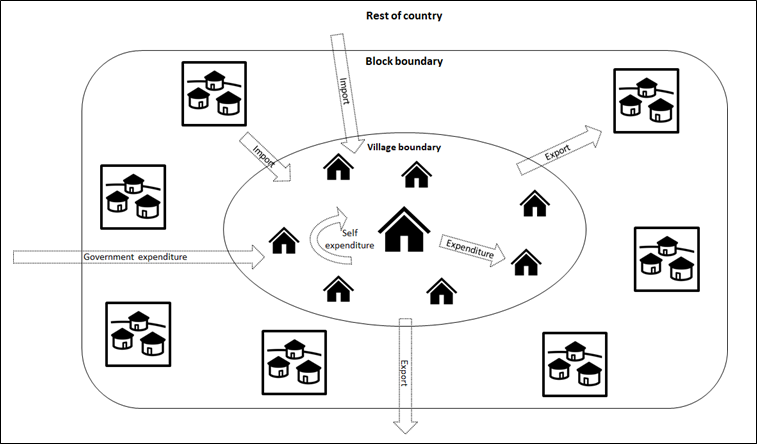Ideation Platform
Our Ideation platform has resulted in the following initiatives. Please click on each to know more.
-
D@GR (Reviving democracy at grassroots)
Need
Across ~700,000 villages in India, elected representatives, government officials and civil society organizations, at the grassroots level, use limited and outdated data, along with inaccurate assumptions, to deliver services to citizens. This leads to an increase in power imbalance and disparity in well-being outcomes. The proliferation of cheap smartphones, affordable internet and open source software provides an opportunity to leverage technology to address this issue.
Additionally, PRI (Panchayati Raj Institutions) forums like the Gram Sabha are not able to ensure accountability in governance from the bureaucracy, partly contributed to by the lack of actionable data related to development. Even elected representatives like the ward members do not have access to the comparative picture of development in their ward with respect to the Panchayat.
Solution
D@GR is a product of our focussed research in the area of participatory governance. D@GR helps to decentralize problem solving and decision making (https://youtu.be/O_176LCbQSk). It uses mobiles to capture data on welfare indicators across 12 thematic areas (like Agriculture, Energy, Drinking water, etc). The data is then analysed and presented, through easy to understand dashboards in vernacular language, in real time. These dashboards enable decision makers to prioritize welfare activities.
The cross-thematic nature of the data helps the PRI members address issues cutting across themes. Multiple iterations over time help compare progress across geographies (spatial) and time (temporal). This analysis is also of interest to grassroots organizations working in the same context.
Less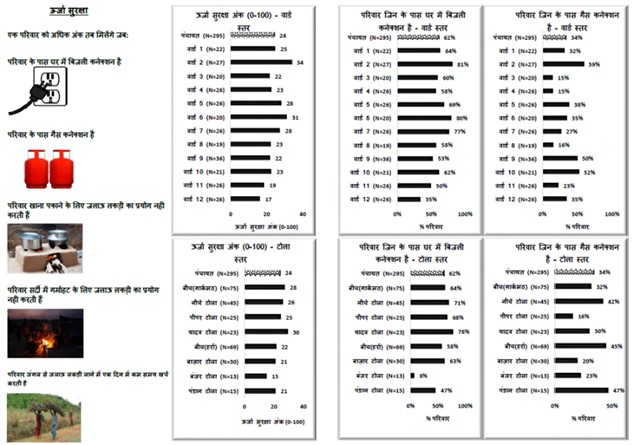
-
AgMEx (Agriculture Marketing Exchange)
Need
Agriculture as an occupation involves different actors, each possessing a mix of required attributes like assets, time, skills, inputs, equipment and other resources. Since in most cases, a participant needs to interact with other participants in a timely and non-exploitative manner, ready availability of information and optimal exchange of resources is very important.
Currently, there is no formalized system to seek information and exchange resources. Deals are made by matching supply and demand on a one-to-one basis which in most cases are not the best possible arrangements. In cases where supply does not meet demand, the productivity and consequently income from agriculture suffers.
Solution
AgMEx is a place where,
- information is available transparently to make mutually beneficial trades (Low entry barriers, less information asymmetry, low transaction cost).
- supply and demand is matched in the most optimal way possible
- using the principles of market forces and competition, the most optimal rate of exchange of services is decided
- Assets
- Land of Medium and Large farmers who need skilled and unskilled labour
- Time and Skills
- Time of labourers who need employment (agricultural labour, casual labour, skilled labour)
- Skills related to better agricultural practices from an external agency (Government sources, grassroots organizations)
- Inputs
- Inputs like seeds from farmers with excess seeds or seed banks
- Inputs like seeds and medicines from government sources and private vendors
- Equipment
- Owners of equipment like tractors, irrigation pumps and threshers who want to earn rent
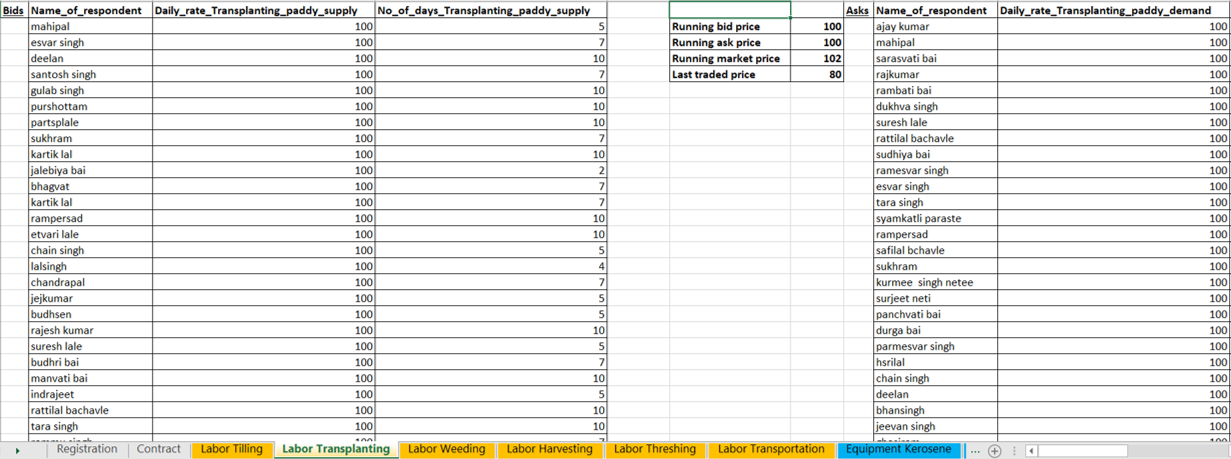
-
Navsamvat
Need
IdeasUnbound conducted research work in Dindori district through which it was inferred that there is a paucity in affordable, ecofriendly & sustainable solutions in various aspects of rural lives. In addition, the geography, exposure & infrastructure at Dindori is challenging for local innovators as well as for innovators from across the country. Subsequently, the time lag in connecting innovations to Dindori leads to the community missing out on new age lifestyle choices.
Solution
A comprehensive analysis of innovative products & services, drawn on 12 broad-based parameters, enabled identification of solutions with the highest social impact. IdeasUnbound developed 'Navsamvat' which brings together social innovators, local community & other stakeholders onto a common platform. Navsamvat is a dynamic ecosystem that allows for new-age innovators to create the highest social impact. It aims to pursue demand driven, new age skill development, leading to improved lifestyle choices for the community.
Less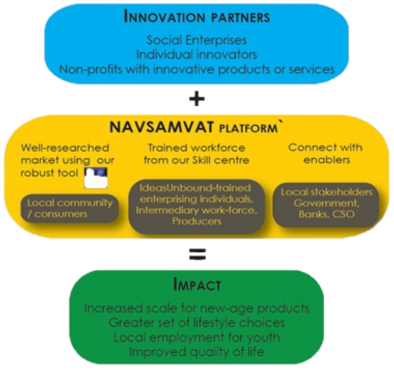
-
Patient tracking system
Need
Primary healthcare providers in rural areas mostly provide OPD services and in some cases, also provide minor OT, dental and eye care services. Some models involve running a mobile healthcare unit providing doorstep delivery of healthcare services. These providers (individuals and institutions) need to track their patients over time using technology, to enable easier diagnosis. There is a need for a technology enabled patient tracking system which is affordable and not over-engineered.
Solution
IdeasUnbound created an affordable and simple patient tracking system for primary healthcare providers in rural areas. It uses a mobile interface to track data for a patient over multiple visits. It also allows for differential levels of access and visibility for the management, doctor, nurse, health worker and pharmacist. The dashboards provide an analysis of trends in health indicators and illnesses at multiple levels (geography wise and hierarchy wise). The solution also allows for auxiliary functions like tracking medicine stocks.
Less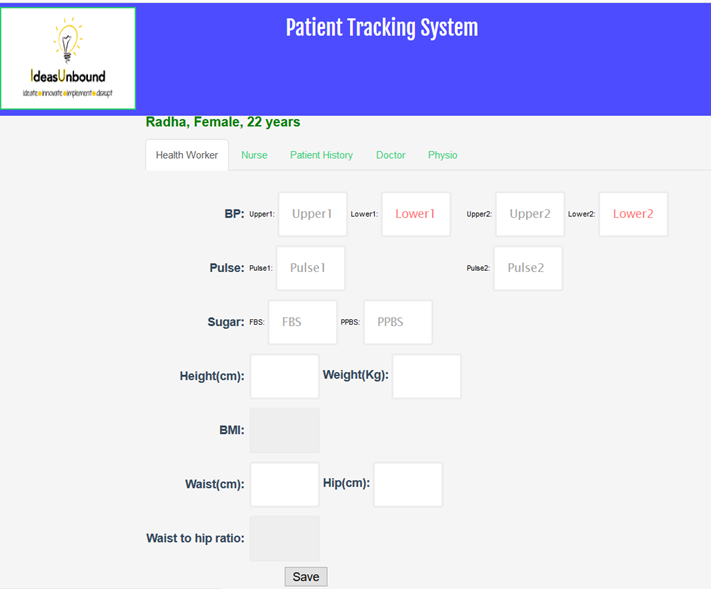
-
Untold stories of villages
Problem
In the rural hinterland of India, oral tradition is highly prevalent due to which information about the villages gets lost over time. Also, most of content published in the region is from outside and is mostly focussed on the problems being faced by the population.
Solution
"Gaon ki ansuni kahaniyan" or "Untold stories of villages" is an initiative of IdeasUnbound aimed at creating a repository of locally generated content in the form of stories. These stories can be about the history of villages and how they got settled. They can also be about the evolution of the customs and rituals in the region. Finally, the stories can be of individuals who have achieved something or of good deeds which otherwise go unnoticed.
The stories are published in the form of a monthly newsletter in the local language which is then circulated on social media locally. The aim of documenting and disseminating these stories is also to increase the positivity quotient of the region and help people realise the value of the knowledge they already possess.
Less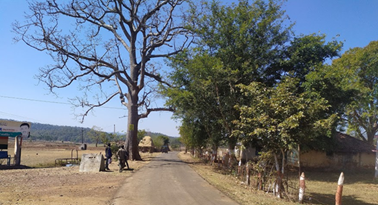
-
Saral Lekha
Problem
As Self Help Groups (SHGs) grow older, book keeping becomes more complex, especially related to loan repayment and interest calculation. Existing digital platforms are more for promoting organizations to track SHG health than enabling SHGs to independently track finances. Higher level bodies like SHG Federations lack real-time information to identify Savings & Credit related issues in SHGs and support accordingly.
Solution
Saral Lekha is a product developed by IdeasUnbound to allow SHGs to independently record data related to Savings & Credit. It has a simple front-end interface in multiple languages with complex calculations performed in the background. It also allows higher tier bodies like Federations and/or Promoting organizations to monitor SHG finances and health in real-time, through online dashboards. The product is paper-less and cost effective with nominal annual subscription cost.
Less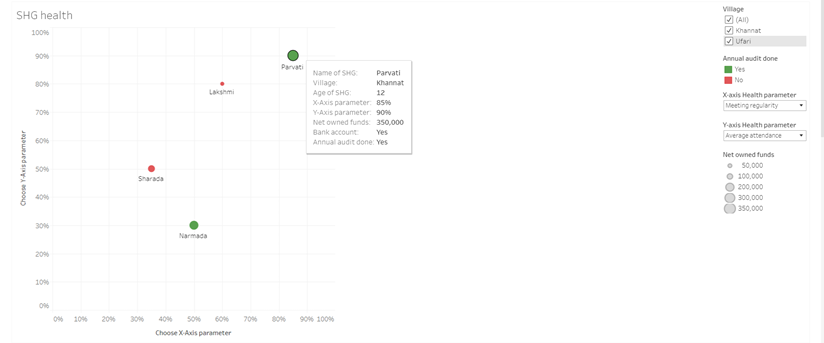
-
Buniyaad
Problem
Households in rural India continuously make choices about their livelihoods, health, education and access to basic amenities, among other areas. However, they lack tools to carry out this process more effectively and also get a more objective view of the progress they are making towards fulfilling their aspirations.
Solution
The objective of Buniyaad to develop a holistic understanding of the villages through various research techniques, that would cater towards establishing improved outreach for a grassroots organization; and provide tools to the community to make more informed choices regarding their well-being.
The initiative had two main components. The first component is centred on information collection wherein information was gathered at four different levels (individual, family, hamlet, village) on a census basis across the target villages. The information covers every aspect of life relevant to the context which forms part of the decision making at any level. Hence, a mapping of each household's aspirations and current state of resources and development indicators is carried out, thus highlighting the gap in the two.
Under the second component, the information collected earlier is handed over to the community and relevant stakeholders, largely through the use of different forms of community scorecards. The goal is to trigger discussions and actions on moving towards the aspirations of the individuals, households and the village.
Buniyaad can be used in a slightly enhanced form by grassroots organizations working through Community Based Organizations (CBOs) like Self Help Groups or Farmer Producer Organizations (FPOs). The CBO structure allows for rapid roll-out of the initiative and provides a strong platform for subsequent action on issues emerging from the exercise, especially at the CBO member level.
Less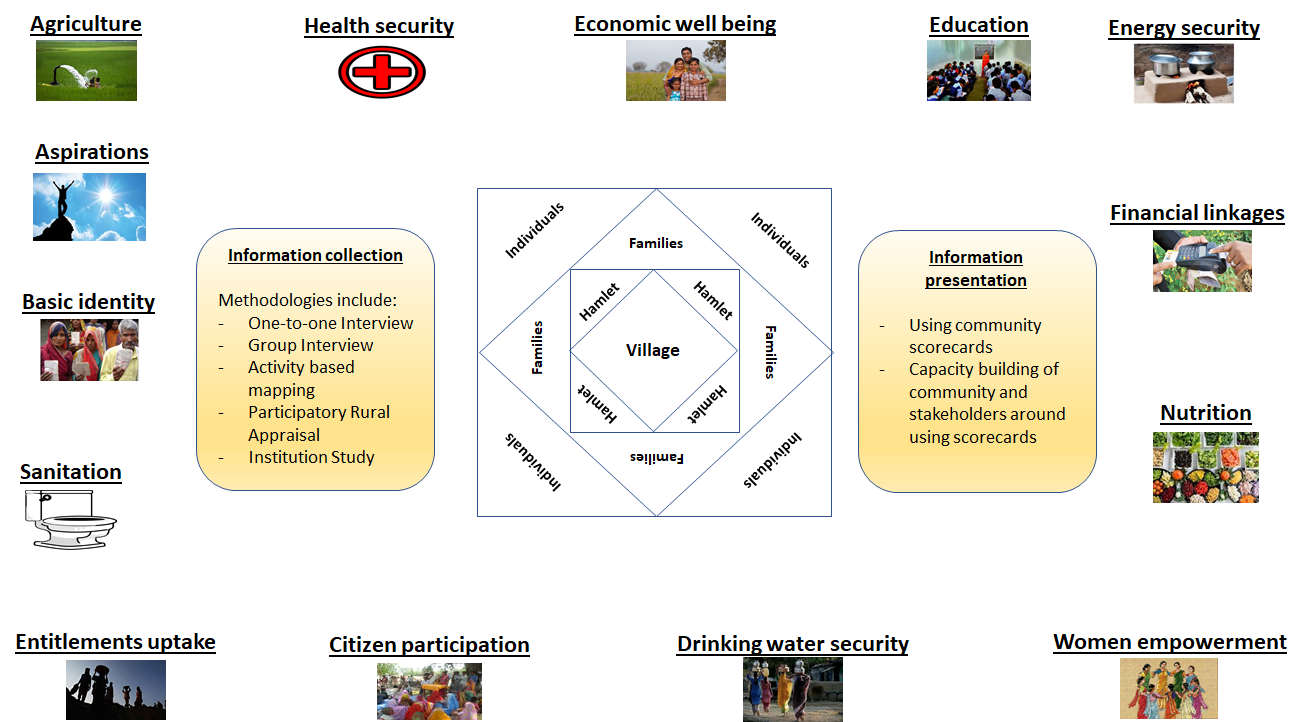
-
Rural economy analytics
Problem
A key dimension of economic empowerment is the size and growth of the economy. Currently, at the national and state level in India, Gross Domestic Product 9GDP) is calculated and published. But that does not allow for a more granular understanding of the economy at the district, block or village level.
Solution
The Rural economy analytics initiative of IdeasUnbound aims to measure the size of a village's economy and its components. It also identifies the key drivers of the economy which could then be worked upon by concerned agencies. It uses the Expenditure method to calculate economy size (Consumption + Govt. spending + Private investment + Exports - Imports). The initiative is beneficial to any organization working on improving livelihoods in rural areas.
Less